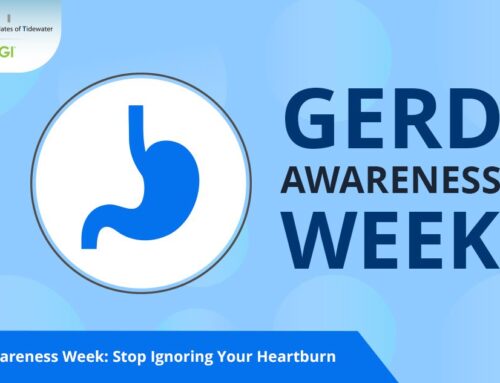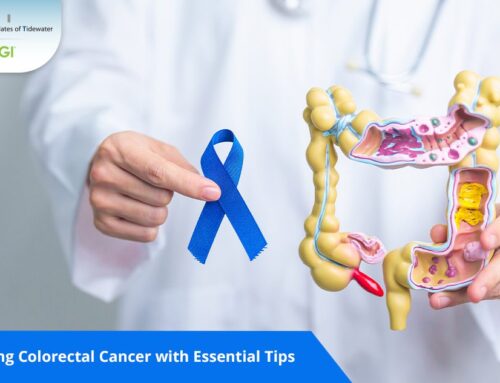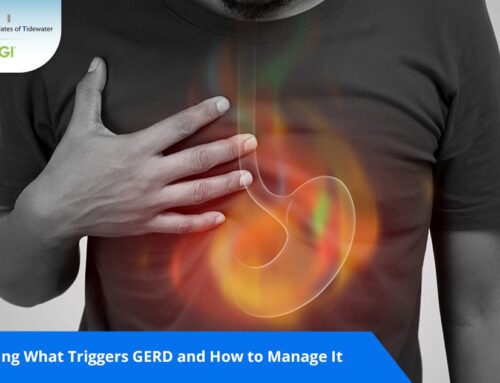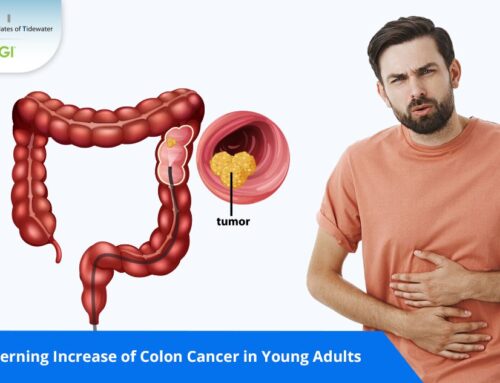Physical Effects and Symptoms of Crohn’s Disease
Crohn’s disease is an inflammatory bowel disease (IBD) that affects the digestive system. It can lead to a wide range of uncomfortable and potentially dangerous symptoms, many of which may require medical attention. This article will discuss the physical effects and symptoms associated with Crohn’s disease.
Symptoms
- Abdominal pain: Pain in the abdomen is one of the most common symptoms of Crohn’s disease. The location and intensity of this pain can vary greatly from person to person, but it typically occurs in the lower right area of the abdomen.
- Diarrhea: People with Crohn’s often experience frequent bouts of diarrhea due to chronic inflammation. The intensity and frequency of diarrhea can vary greatly from person to person.
- Fatigue: People with Crohn’s often suffer from extreme fatigue or loss of strength and energy due to malabsorption, dehydration, or anemia associated with the disease.
- Weight Loss: Unintentional weight loss is a common symptom of Crohn’s disease. This is due to poor absorption and malnourishment caused by chronic inflammation in the intestines and digestive tract.
- Fever: A fever can be a sign of infection or inflammation in the body, both of which are associated with Crohn’s disease.
Physical Effects
- Malabsorption: Due to chronic inflammation and damage to the intestines, people with Crohn’s may suffer from malabsorption or abnormal absorption. This means that the body is not able to absorb important vitamins and nutrients from food, leading to malnutrition.
- Dehydration: When the level of water in your body dips beneath what’s normal, it throws off its balance of minerals and alters how your body functions – this is known as dehydration. It starts when you lose more fluids than you can replace with intake. Diarrhea and vomiting associated with Crohn’s can lead to severe dehydration in some people. Dehydration can be a life-threatening condition if left untreated. Dehydration is especially common in children with Crohn’s disease.
- Anemia: Anemia is a condition in which the body does not have enough red blood cells to supply oxygen to the organs and tissues. It is a common complication of Crohn’s disease due to the malabsorption of iron, folic acid, and Vitamin B12. Symptoms of anemia include fatigue, weakness, pallor, and difficulty breathing. This can be caused by malabsorption of iron or inflammation in the intestines that prevents proper absorption of nutrients.
- Inflammation: Inflammation is one of the main causes of symptoms associated with Crohn’s disease. Chronic inflammation in the digestive tract can lead to severe pain and fatigue, as well as damage to internal organs such as the liver and kidneys.
- Skin problems: People with Crohn’s often suffer from a variety of skin problems due to malabsorption, malnutrition, and the side effects of certain medications. These can include rash, acne, hair loss, and discoloration.
- Osteoporosis: Osteoporosis is a bone disease when the body loses bone mass and causes bones to be brittle. People with Crohn’s may be at an increased risk for developing osteoporosis due to malabsorption of calcium, Vitamin D deficiency, or the use of certain medications.
Crohn’s disease is a serious and potentially life-threatening condition that requires medical attention. If you experience any of the above symptoms or physical effects, it is important to speak with your doctor right away. With proper treatment and management, people with Crohn’s can lead full and active lives.
Facts about Crohn’s Disease:
- It is a chronic inflammatory bowel disease (IBD) that causes inflammation in the digestive system.
- About 700,000 Americans are living with Crohn’s.
- The exact cause of Crohn’s is unknown but it is believed to be caused by a combination of genetic and environmental factors.
- Symptoms can vary greatly from person to person and range from mild to severe.
- Common symptoms include abdominal pain, diarrhea, fatigue, weight loss, fever, malabsorption, dehydration, anemia, skin problems and osteoporosis.
- Treatment typically includes medications to reduce inflammation as well as lifestyle changes such as dietary modifications and stress management.
- There is no cure for Crohn’s disease, but it can be managed with proper medical care.
With its wide range of symptoms and physical effects, Crohn’s disease can be a difficult condition to manage. It is important to speak with your doctor if you experience any of the above signs or symptoms so that they can create an individualized treatment plan that works best for you. With dedication and patience, living with Crohn’s disease can be manageable.
Your primary care provider may refer you to a gastroenterologist. A gastroenterologist is a doctor who specializes in the diagnosis and treatment of diseases of the gastrointestinal or digestive tract. They can help create an individualized treatment plan to manage your condition.
If you have been diagnosed with Crohn’s disease, it is important to stay up-to-date on research and developments related to the disorder. The Crohn’s & Colitis Foundation of America (CCFA) is a great resource for staying informed about the latest treatments and resources available. The CCFA also offers support programs, educational materials, and access to local support groups for people living with IBD.
Living with Crohn’s disease can be daunting but with proper medical care, lifestyle changes, and resources like those provided by the CCFA, it is possible to lead a full and active life. To schedule an appointment, call (757) 547-0798.






